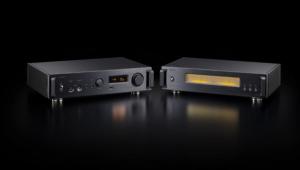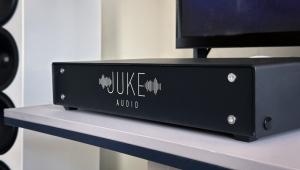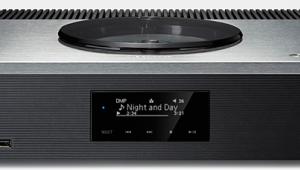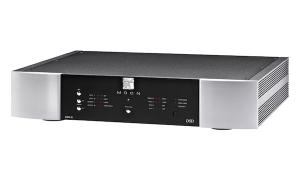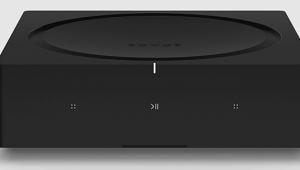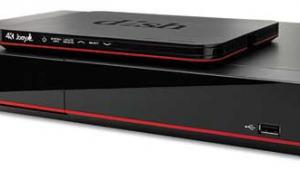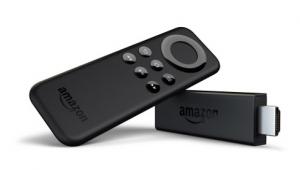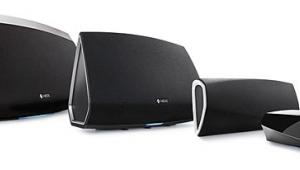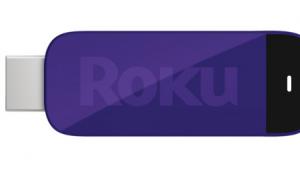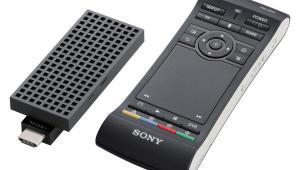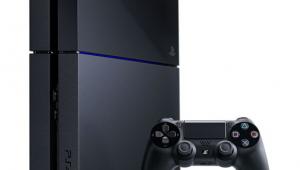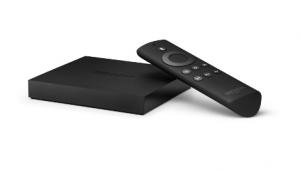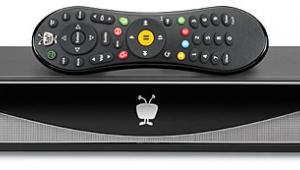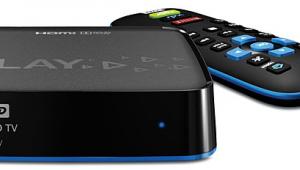Review: Creative Labs ZiiSound D5x Wireless Speaker and DSx Subwoofer Page 3
Test Bench
Frequency response
• D5x speaker 84 Hz to 20 kHz ±16.0 dB (L+R avg 0-30°), 84 Hz to 20 kHz ±6.1 dB (L only 0°)
• DSx subwoofer 43 to 96 Hz ±3 dB
Bass output, DSx subwoofer (CEA-2010 standard)
• Ultra-low bass (20-31.5 Hz) average: NA
20 Hz NA
25 Hz NA
31.5 Hz NA
40 Hz 101.7 dB
50 Hz 108.5 dB
63 Hz 103.1 dB
To measure the quasi-anechoic frequency response of the D5x, I placed it atop a 2-meter stand and placed the microphone at a distance of 1 meter, enough to incorporate the contributions of all the drivers. I close-miked the full-range drivers and ports, summed those responses, then spliced the total bass response to the quasi-anechoic measurements. I used a Clio FW analyzer in MLS mode for the quasi-anechoic measurements and log chirp mode for the close-miked sweeps, feeding the test signals into the line input.
The graph shows three curves, each one smoothed to 1/12th of an octave. The blue trace is taken from the left channel only at 0° on-axis. The red trace is the left channel only, averaging responses at 0°, ±10°, ±20°, and ±30°. The green trace is the left and right channels summed (as the ZiiSound would operate when two units are used for stereo), averaging the 0-30° responses.
While the response of the left channel only is surprisingly even for a full-range driver, the off-axis response shows a big -22 dB dip in the lower treble, centered at 4.3 kHz. The averaged response with both left and right channels active shows an even larger dip, the result of interference between the two drivers, at 5.6 kHz. However, the treble response doesn't roll off as much as it usually does with full-range drivers, so the D5x will likely sound livelier than most products of this type.
Incidentally, I tried measuring the frequency response using Creative's BT-D1 Bluetooth adapter instead of the D5x's line input, but the change in the response, if any, was swamped by normal measurement-to-measurement variation common to speaker measurements.
I measured the DSx subwoofer frequency response using ground plane technique at 2 meters, with the Clio FW in stepped sine mode and the result smoothed to 1/6th octave. In essence, the DSx is a resonant system tuned for maximum output at 50 Hz without a lot of concern for other frequencies. But given the size of the unit, that's probably the only way to get good output from it.
And according to my CEA-2010 measurements (which I took at 2 meters, then added +6 dB to get the equivalent of a 1-meter spec dictated by the CEA-2010 standard), the DSx does indeed have a lot of output for its size, at least in the upper octave of bass. It's competitive with typical subs included in soundbar and home-theater-in-a-box systems, many of which are larger than the DSx. However, it has no measurable output in the bottom octave of bass. - Brent Butterworth
- Log in or register to post comments
